Hey, everyone! I just want to talk a bit about the new optimizations that will be included in the new update! Just ‘cause I can. This is also some technical talk so if that’s not your thing, feel free to skip this.
So the demo currently works like this:
Every wall, every floor, every block type, pretty much everything in the level is a stretched cube. So when the level loads, the game spawns all of these cubes at the same time. On older systems, this might create some delay before the level loads, or in the worst case, crashes the game, depending on how big the level is. But there’s more. The cubes are all “separate” cubes. So if there are a lot of cubes in a big cluster, the game might lag on some machines, which is not good.
Now here’s how the new version works/will work:
The reason I put “will work” is because I haven’t fully implemented it but I’ve done some tests and it will be implemented.
Instead of saving all the cubes so the game has to create all the cubes, the level will be saved with block type data (data saying stuff like “this is a jump block”) and then all the mesh data. This means it will save how the level actually is built. Let me try to “paint” an example.
We have this level with 1 red floor, 10 walls and some red blocks on the top of the wall. In the old version, it would create the floor, walls, and wall details separately. That could result in it creating 21 cubes when the level loads. Now in the new system, it will load the mesh data, create an object with that mesh and then move on. Now that means it will create 2 objects. (The floor and red wall details are the same blocks) That is a huge decrease in objects that needs to be created! And since the walls will be the same object, no lag when you look in specific directions!
I hope you are looking forward to the 2.0.0 release! I will now go and actually implement this!
~Hertzole

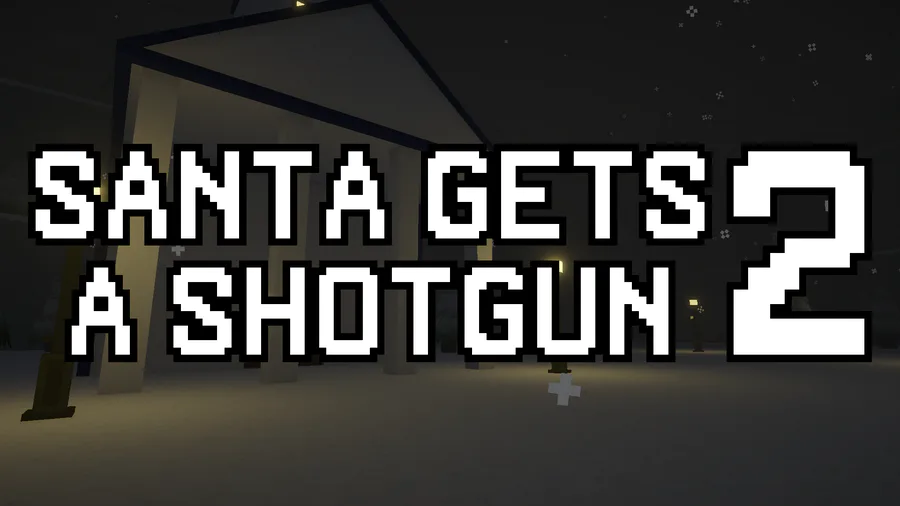


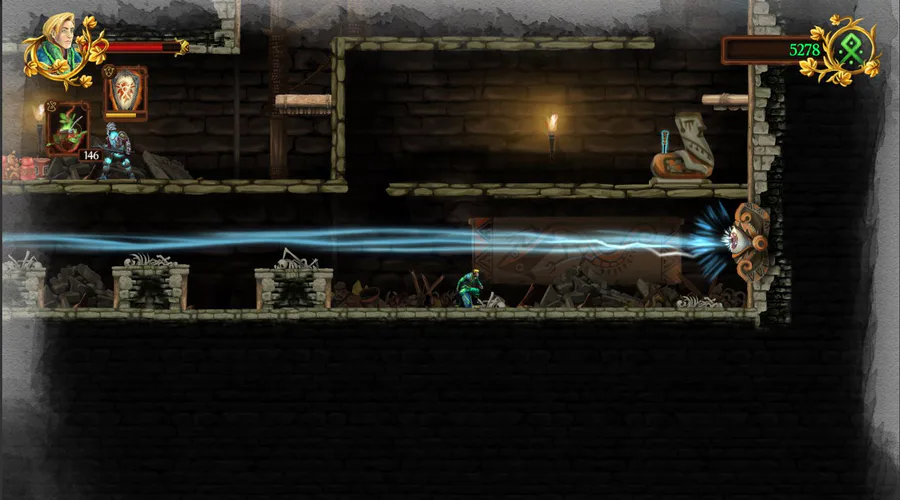

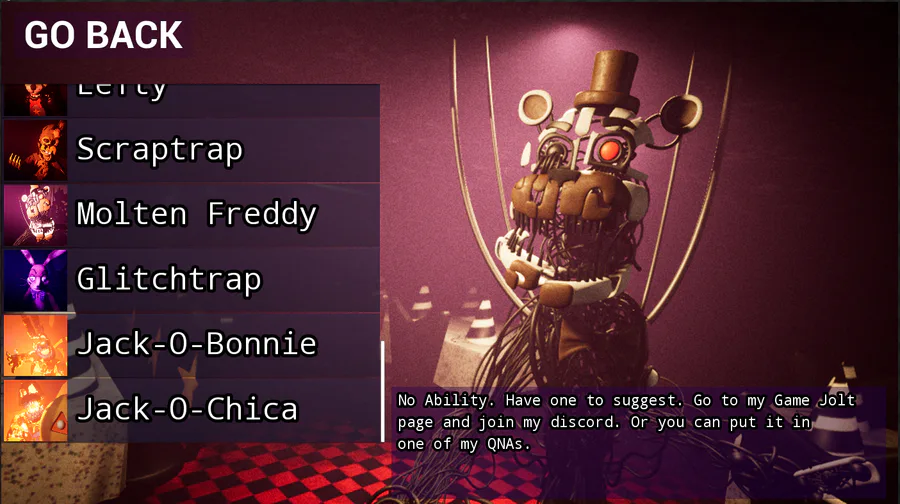
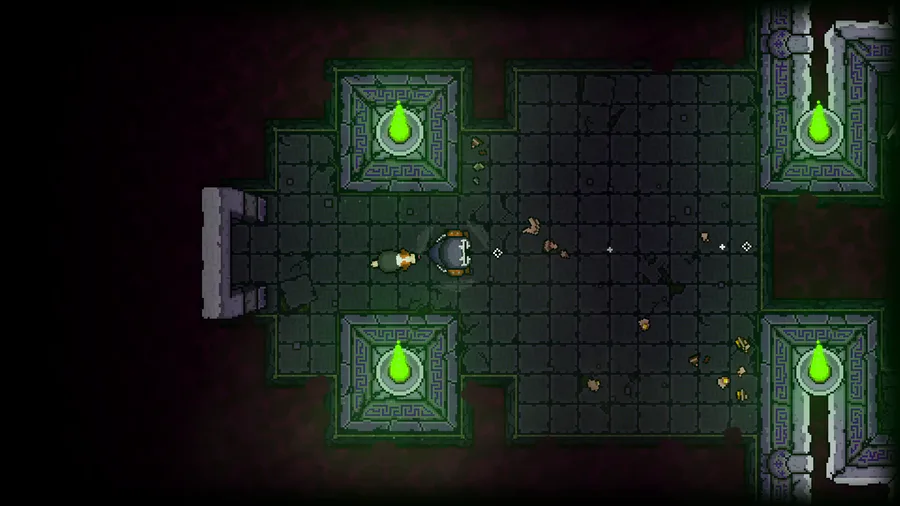
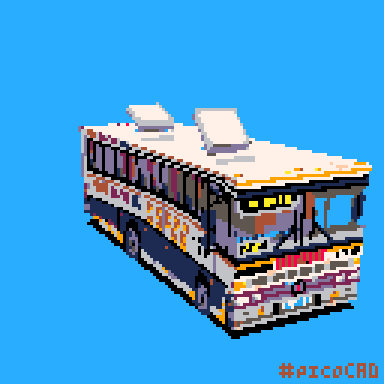
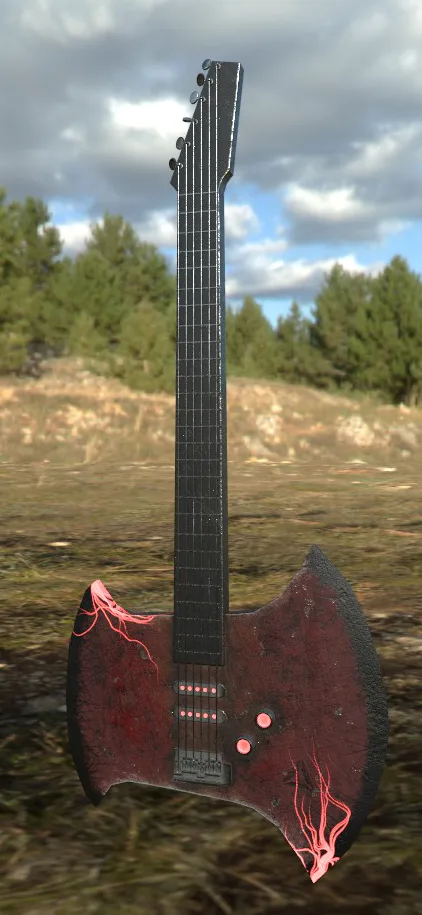
0 comments